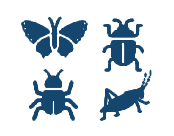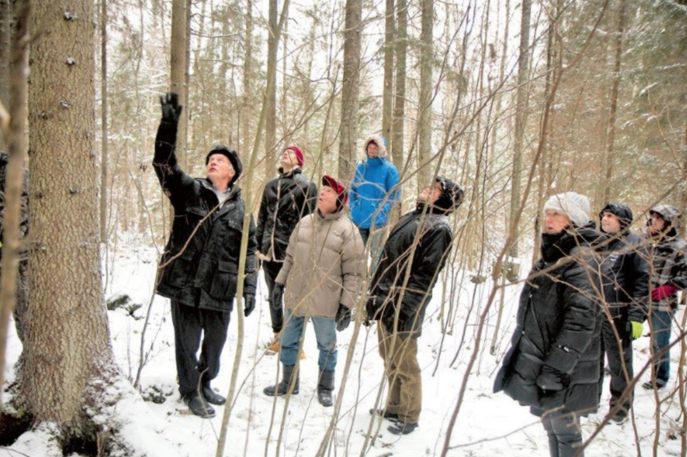Summary
The forest management demonstration plots of the Pasaules dabas fonds (associate partner of WWF Latvia) have different owners, but their views on the forest are similar.
Here, forest owners work for the benefit of the present values while retaining the ability to exploit the vast forest values of tomorrow. There are three demonstration areas:
• “Kalna Gavniesi” in Skujene parish, Amata municipality of Vidzeme region;
• “Lejas Kleperi” in Launkalne parish, Smiltene municipality of Vidzeme region;
• “Pūpoli“, the territory forms the farm “Pūpoli” in Kurmene parish, Vecumnieki municipality and the farm “Alksnāji” in Mazzalve parish, Nereta municipality, and the farm “Renderi’ in Jaunjelgava parish, Jaunjelgava municipality of Zemgale region.
The demonstration areas differ in size, forest stand and natural conditions. Through contractual agreements (cooperation) with forest owners on a voluntary basis, seminars and internships are organized for other forest owners, students, etc. to maintain the forest and not to cut down all trees, to manage the forest in an environmentally friendly way and also to achieve economic benefits. There are about 5-10 events per year with a total number of 200-300 participants.
Purpose
- To promote responsible and honest management of privately-owned forests in Latvia.
Objectives
- To improve the knowledge of forest owners about responsible forest management;
- To ensure the distribution of demonstration territory experience and management practice in private-owned forests.
Public Goods


Problem description
Balancing social and economic needs with nature is a challenge. The effects of climate change need to be reconciled with the characteristics of today’s market, the growing demand for wood, the preservation of biodiversity and the necessary green solutions for energy supply. Society’s needs for forests are also growing. These – the challenges of the past decade – must be addressed in a multi purpose forestry program. The education system of the forest owners, the forest workers, shall ensure the acquisition of knowledge about the adaptation of forests as a natural system and economic activity to the processes and characteristics of the natural system. Knowledge of the wide range of forest ecosystem services, public interest and business sector responsibilities. It is from the nature of the natural forest ecosystem and the public interest that the goods and services on which Latvia’s forests are based, and on what value, should be derived. Without denying the role of wood as a renewable natural resource in the economy, it is necessary to find a compromise in forest management – balancing social and economic needs with what is happening innature. It is wrong to regard forests as agricultural crops, thus equating forest management models. The average risk of forest damage is higher in silvicultural forestry than with continuous cover or selective cutting methods in forestry. Types of risk include fungal diseases, malnutrition, strong winds and rodent damage. However, the calculations of the likelihood of risk vary considerably. This is due to the fact that in the clearcut management method, the money invested to create and maintain new stands after clearing will not be recovered until the forest is felled and the timber is sold.

















